Oak Harbor Marina
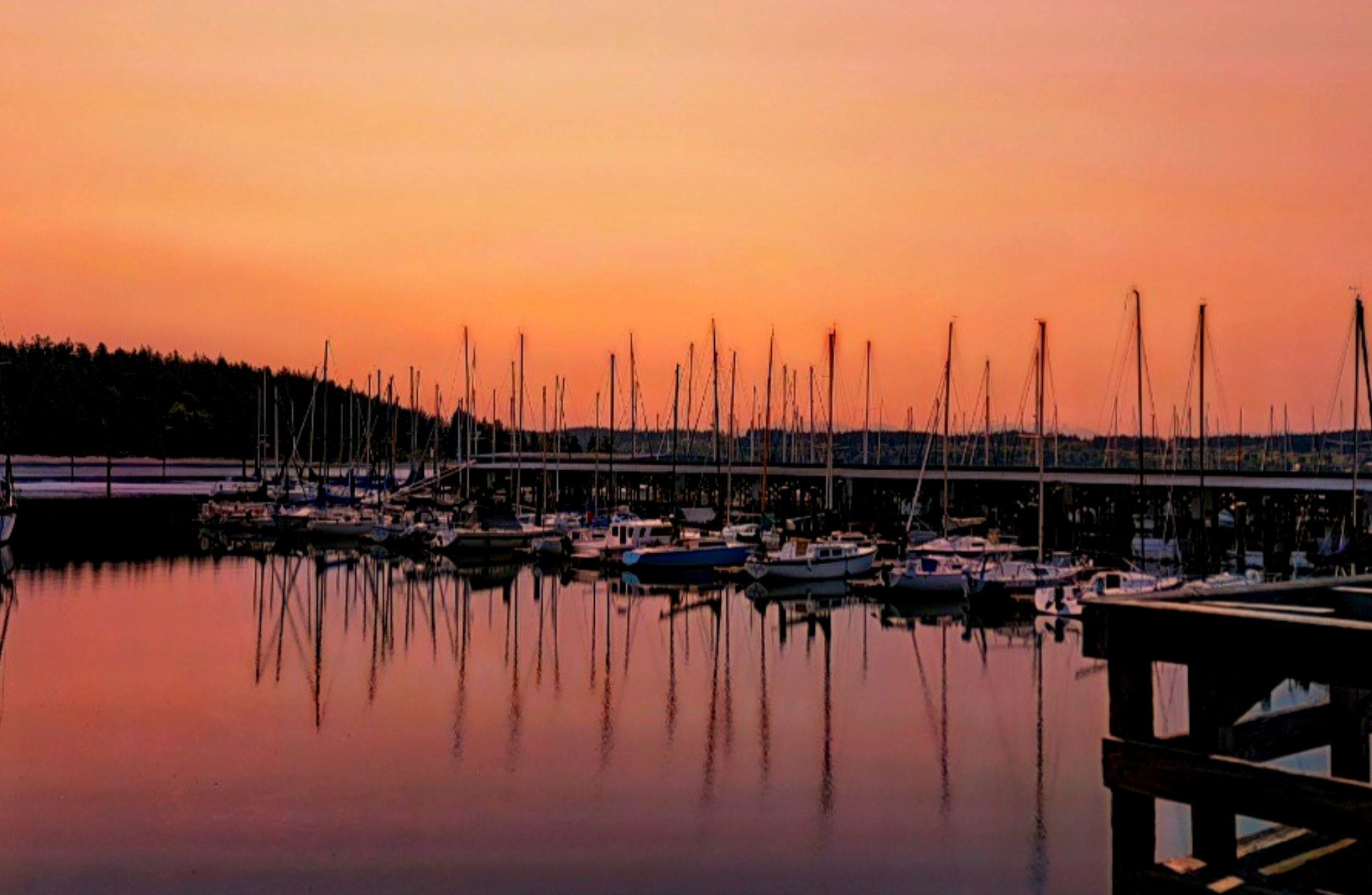
Conveniently located in a northern cove on Whidbey Island sits the Oak Harbor Marina. Its stunning panoramic views of Puget Sound and the Cascade Mountains serve as a gateway to an exceptional nautical lifestyle. Boasting modern facilities and a vibrant community, the marina provides access to various amenities. Charming shops and dining options are within walking distance. Visitors and residents alike can enjoy the convenience of boat launches, fuel docks, and well-appointed guest moorage. The Oak Harbor Marina’s unique location and array of offerings make it a perfect spot to launch from for long trips to the San Juan Islands or Canadian Waters but also for day trips to Penn Cove and the Saratoga Passage.
Learn more about the Oak Harbor Marina here.
If you would like to learn more about Whidbey Connect with us here.
You can also, check out the rest of Whidbey’s beautiful destinations from this series here.
Deception Pass
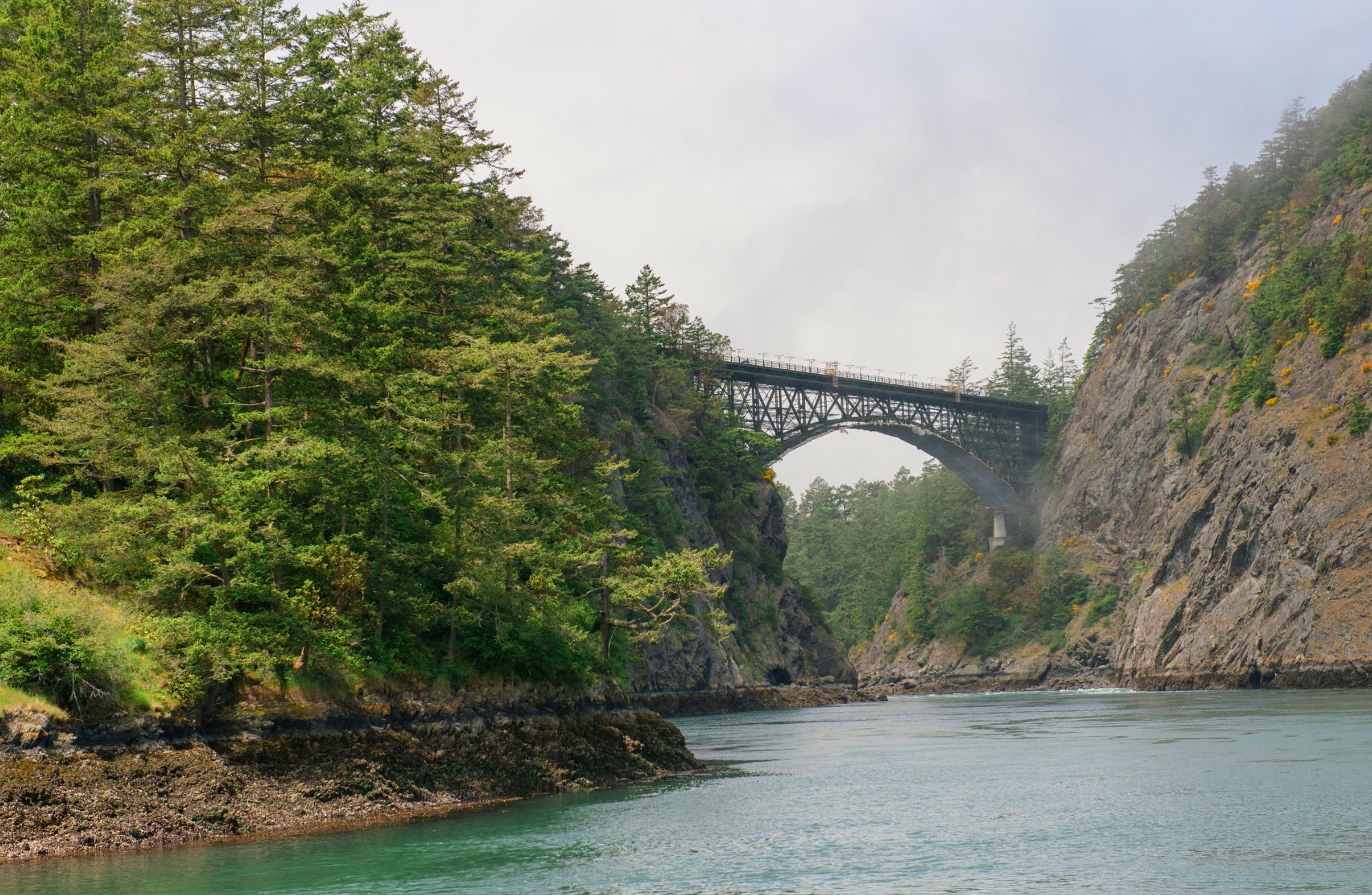
Deception Pass derives its name from its complex and tricky currents that can deceive mariners. It is notorious for its powerful and unpredictable tidal currents that can shift rapidly. Mariners, unfamiliar with the area often found themselves deceived by the challenging conditions. Navigating through the pass required skill and local knowledge to avoid dangerous whirlpools, strong eddies, and turbulent waters. Before European settlers arrived the indigenous tribes relied on the pass as a crucial trade route providing access to prime fishing grounds. Deception Pass holds a place of historical significance, symbolizing the resilient maritime traditions and skills of Native American peoples who thrived in the challenging coastal environment. Their mastery of the pass’s currents & ability to safely navigate its waters contributed to the rich cultural tapestry of the region.
Photo taken by: @KelseyKurtis
Learn more about Deception Pass here.
Check out the rest of Whidbey’s beautiful destinations from this series here.
The Driftwood Journey
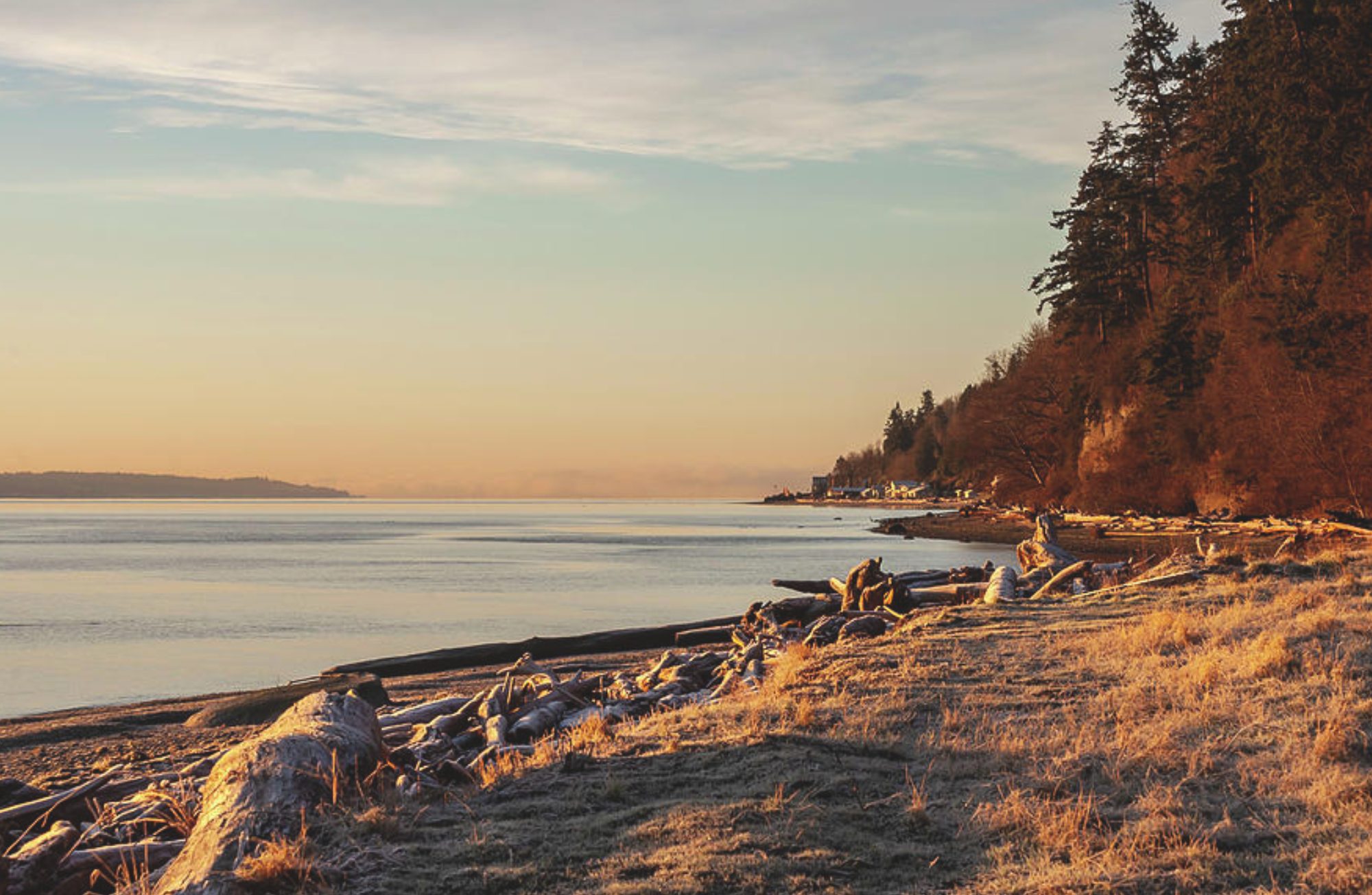
Have you ever wondered how driftwood ends up lining the beaches of Whidbey Island? If so, keep reading to discover the driftwood journey.
The driftwood Journey
Driftwood embarks on an intriguing journey to Whidbey Island. It originates in the lush Pacific Northwest mountains, where rainwater and snowmelt begin their journey downstream. These waters meander through dense forests, carrying branches and logs along the way. As they merge into larger rivers and flow into the Puget Sound, they slow down in estuaries and deltas, allowing the driftwood to gather. Then, the moon’s gravitational pull influences tides and currents, guiding this wood towards the shore. With each tidal cycle, the driftwood is deposited on the beaches, becoming a symbol of nature’s force and a canvas for the island’s inhabitants and visitors. These pieces shape the coastline and offer endless inspiration to creative minds, integrating seamlessly into the island’s landscape.
If this piques your interest, learn more about driftwood by reading: Driftwood that lines the beaches of Whidbey here.
Photo taken by: Tom Trimbath
Check out the rest of Whidbey’s beautiful destinations from this series here.

Cranberry Lake
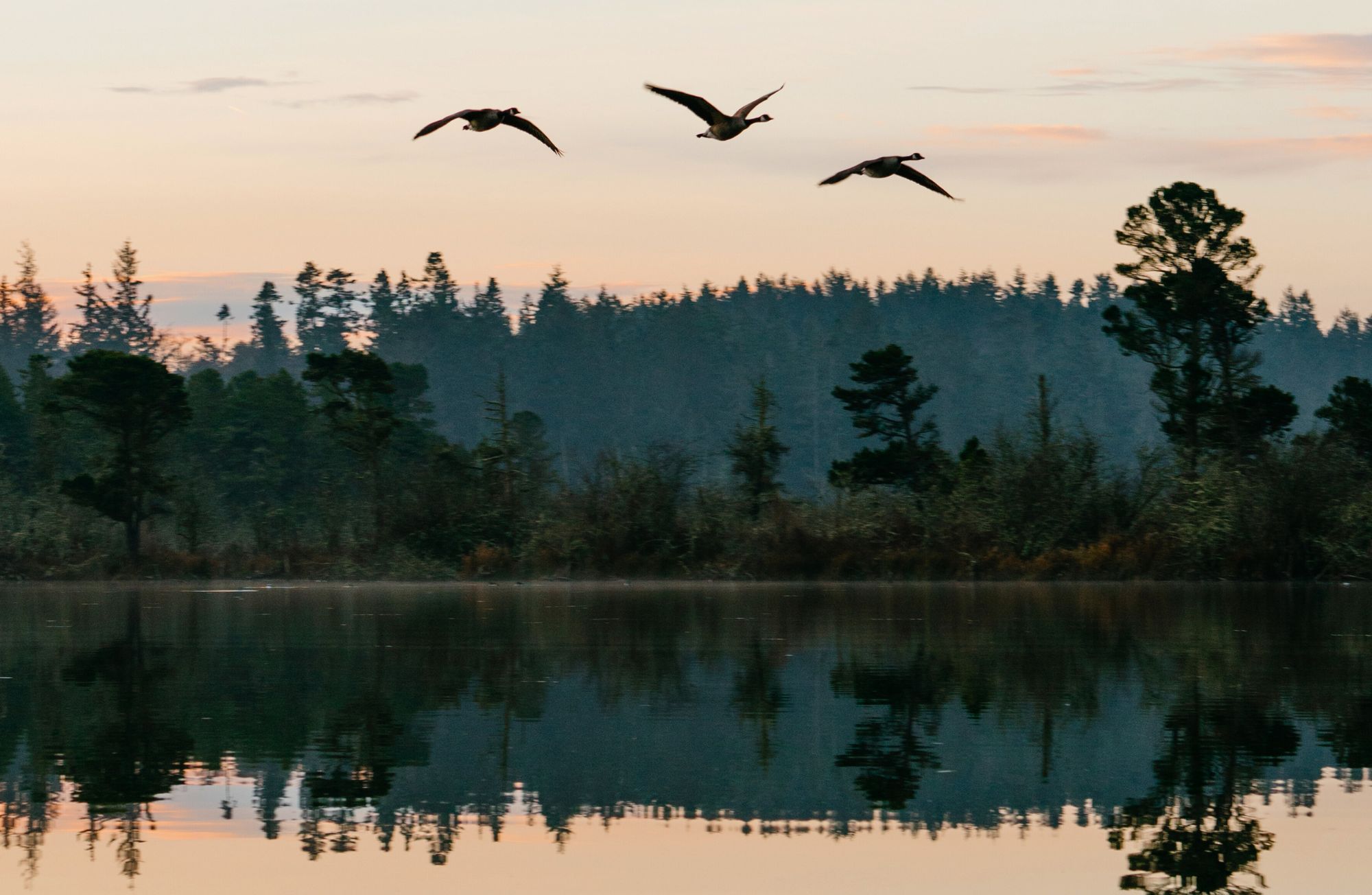
Nestled within the breathtaking expanse of Deception Pass Park on Whidbey Island, discover Cranberry Lake. There is a phenomenon at Cranberry Lake where the fresh waters are separated from the saltwater of the Salish Sea. The two are separated by a relatively thin strip of sand. This serene lake offers more than picturesque views; it’s a sanctuary for various plant and animal species. The lake’s wetlands provide crucial habitat for migratory birds, and the waters house resident bass and perch or stocked trout. Cranberry Lake’s ecosystem is a testament to the delicate interplay between land and water. Visiting this natural wonder offers tranquility and a chance to witness firsthand the intricate web of life within its shores, embodying the park’s commitment to preservation and natural harmony.
Check out the rest of Whidbey’s beautiful destinations from this series here.

Ebey’s House at Ebey’s Landing
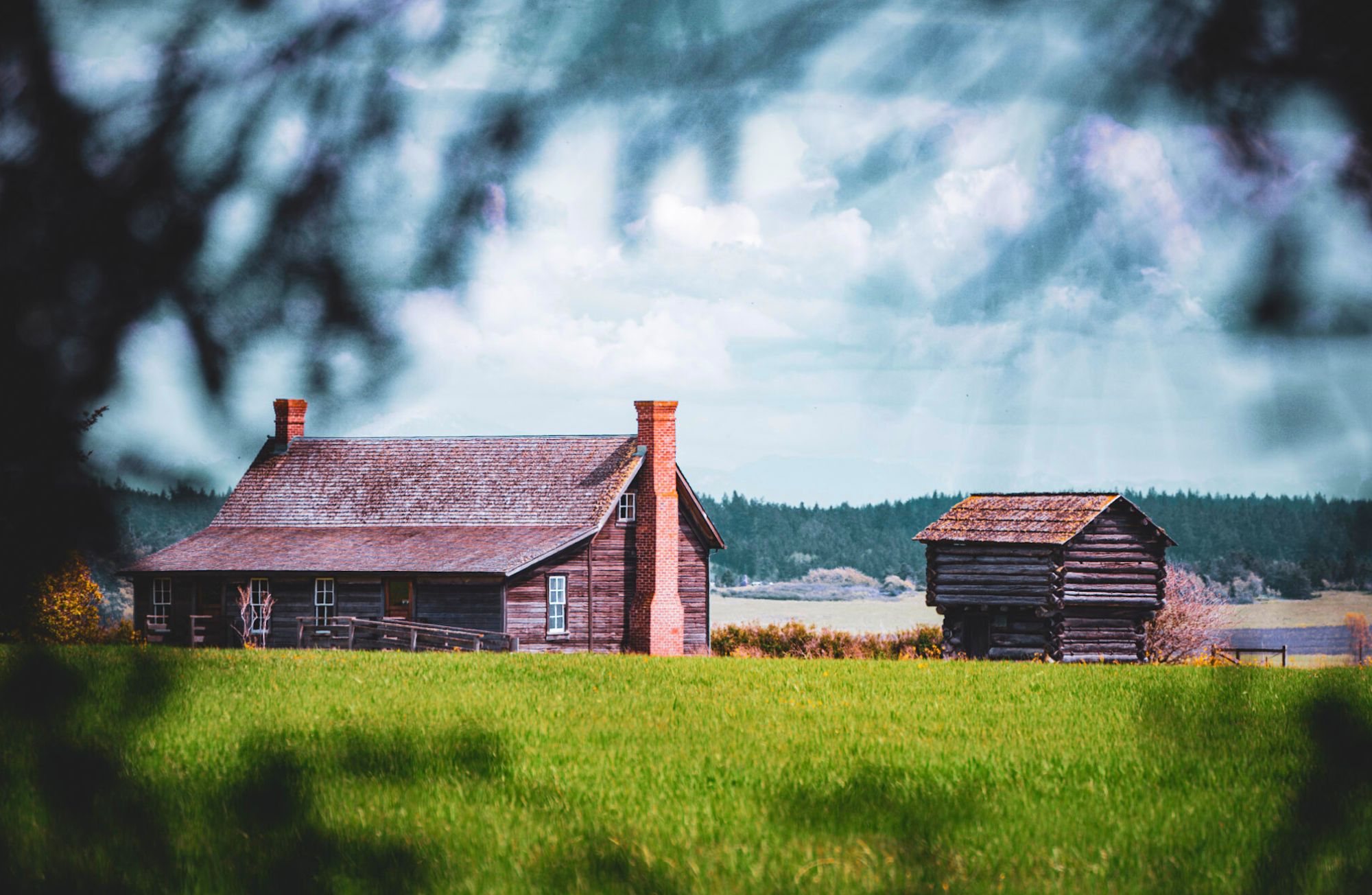
After making the trek across the Oregon Trail in the early 1850s to reunite with their son Isaac, Jacob, Sarah, and their children Mary, Ruth, and Winfield began building their home atop what we call today “Ebey’s Landing” in Coupeville. This scenic location looked over the incredible Admiralty Inlet and to their son Issac’s home across the way. They grew wheat, oats, and potatoes and raised chickens, pigs, oxen, horses, and dairy cows on their 320 acres. The main home and blockhouse still stand today. While closed most of the year, they are open to the public from Memorial Day to Labor Day under volunteer guidance. Other blockhouses can be located throughout the town of Coupeville.
Navigate to Ebey’s House at Ebey’s Landing:
Interested in learning more about Whidbey Connect with us here.
Check out the rest of Whidbey’s beautiful destinations from this series here.
Fort Ebey State Park

Fort Ebey State Park is so much more than just a pretty picture. These remnants of an old gun emplacement from 1942 overlook Admiralty Inlet and create the perfect recipe for a trip back in time. During World War II, this battery with underground rooms was dug into the high bluff as a defensive fort. Don’t forget to bring your flashlight for exploring the dark corridors. On clear days see if you can spot Point Wilson Lighthouse across the bay. In addition to 25+ miles of trails to enjoy and wildlife to observe, you might also spot a surfer or paraglider. Check out all that you can do at Fort Ebey here.
Check out the rest of Whidbey’s beautiful destinations from this series here.
Photo taken by @pnwdeparture
Greenbank Farm

Greenbank Farm was originally established in 1904 by Calvin Philips, then sold to loganberry farmer John Molz in 1940. The farm grew to become the largest loganberry-producing farm in the United States by 1970. Seven years later, the farm went up for sale. In an effort to retain its history and save the farm from becoming a residential housing development a collection of community governments purchased it. Today, the gorgeous barn still stands among the beautiful farmland attracting tourists and residents alike. Visitors enjoy a meal at one of the restaurants, perusing the fine art galleries, a walk along the trails, or a slice of the heavenly marionberry pie.
Check out the rest of Whidbey’s beautiful destinations from this series here.
Ridge Trail At Ebey’s Landing
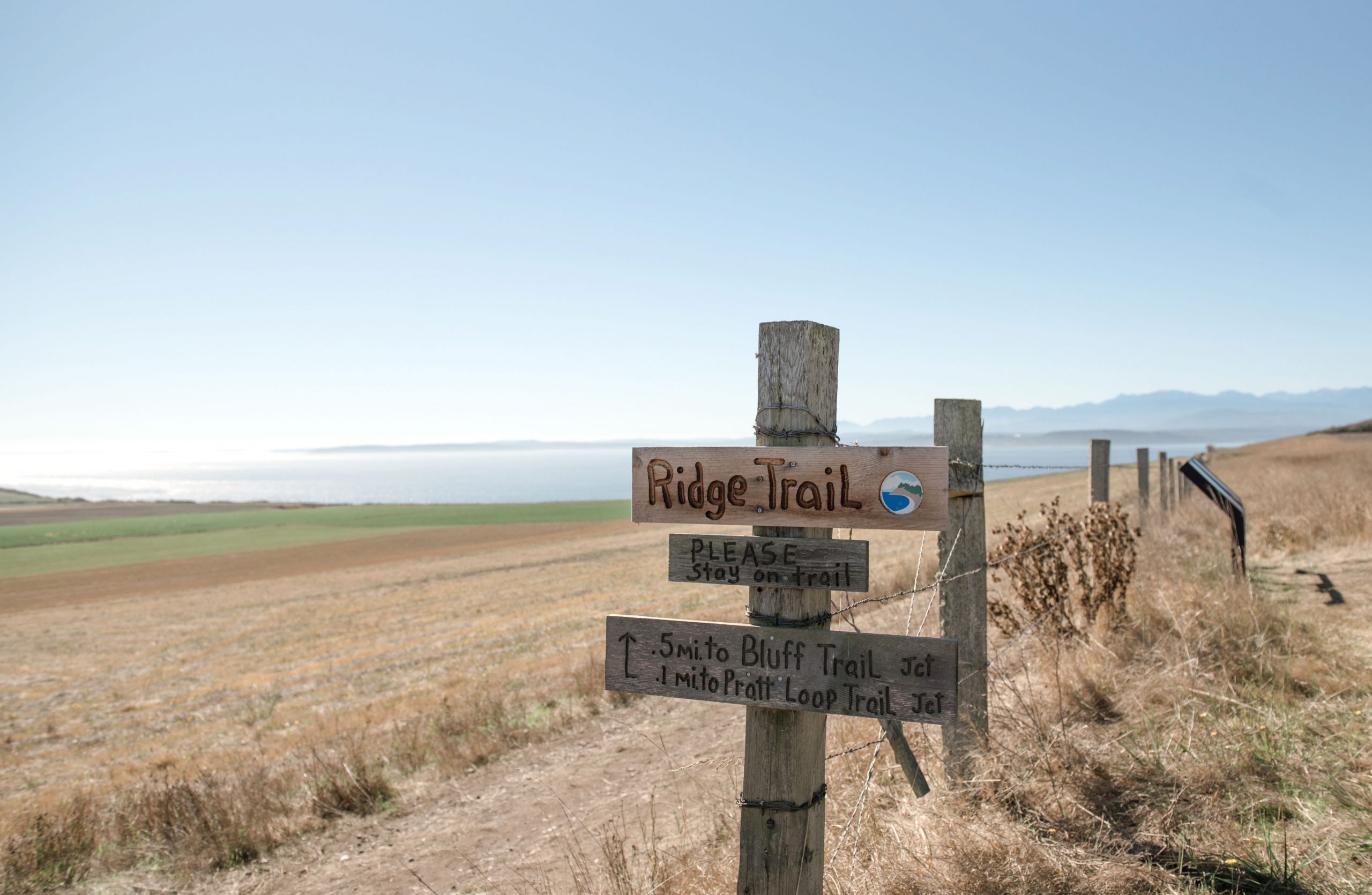
It’s great to start the Ridge Trail in Ebey’s Landing at Sunnyside Cemetery. See if you can find the two monuments that originally stood in the first Ebey Graveyard located on Ebey’s Prairie near Isaac and Rebecca Ebey’s home. You will discover a plethora of history about Whidbey Island here but don’t forget to stop and enjoy the view! The trail takes you past Jacob Ebey’s house and blockhouse on your journey towards the edge of the bluff. At the ‘T’ you can follow the trail left to the Ebey’s Landing Parking lot at the beach or head right for some impressive views along the bluff. It’s your choice to continue down the switchbacks to the lagoon below and you can follow the beach back OR turn around for an out and back.
Check out the rest of Whidbey’s beautiful destinations from this series here.
Bowman Bay/Rosario Beach Trail
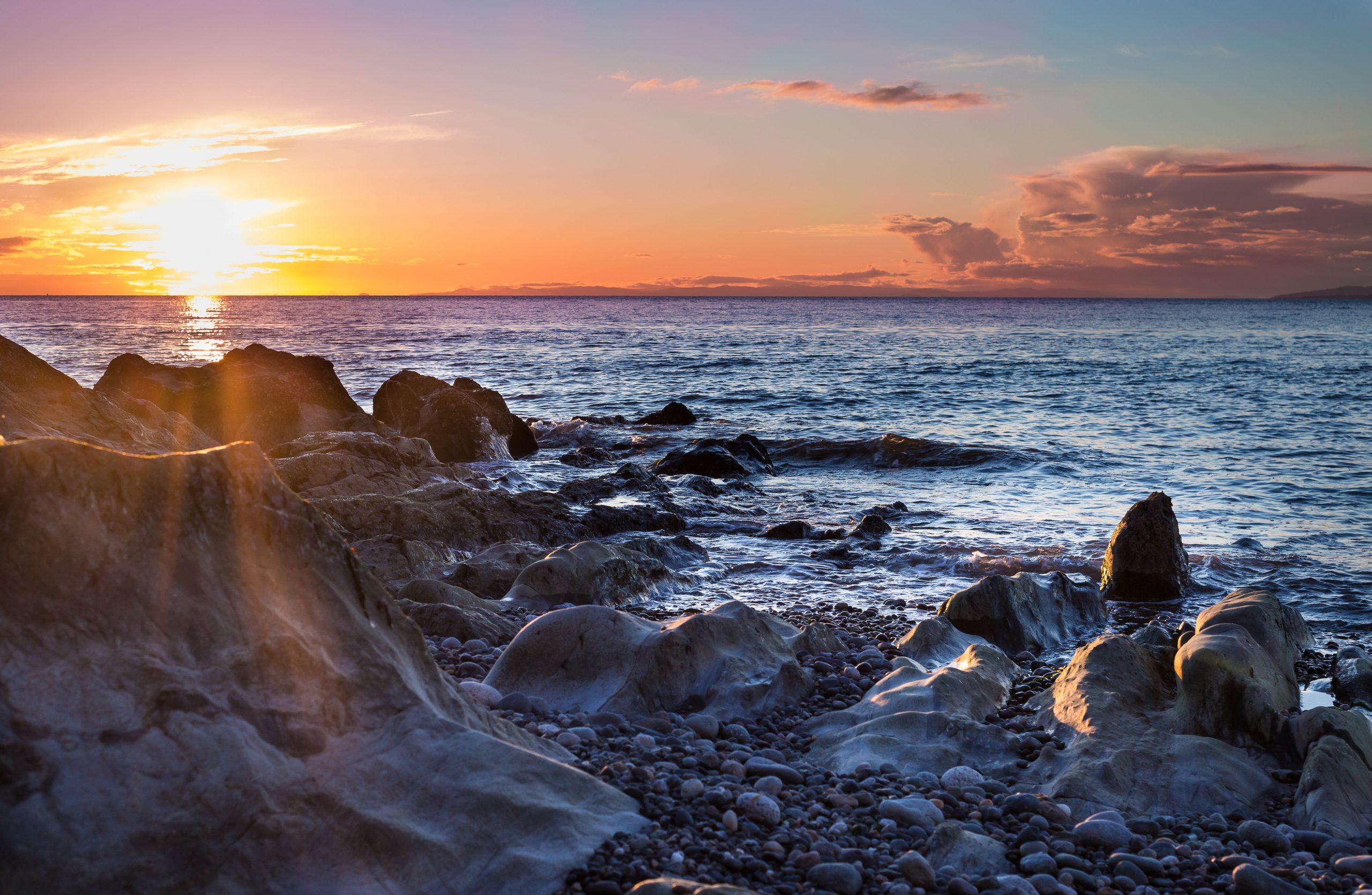
Ferry Views
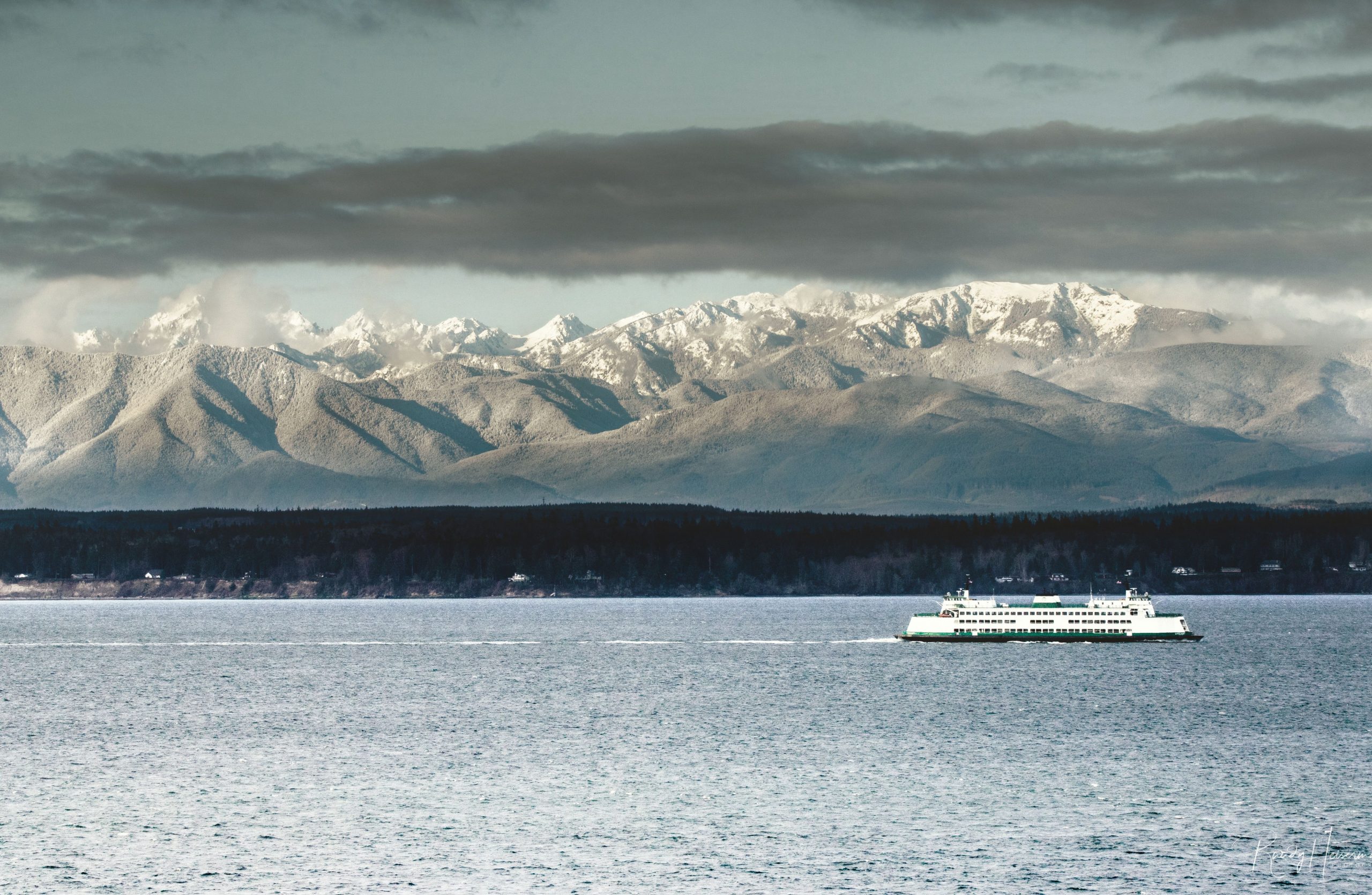
Most people think about coming TO Whidbey Island but when you live here and need to leave the island the same options are open to you. Take a ferry or the bridge. When traveling by ferry you will be graced with stunning views of the incredible snowcapped mountain ranges surrounding our gorgeous little island. Travelers from afar visit Whidbey to stay in places like the magical Captain Whidbey Inn in Coupeville for a winter wonder getaway. Whidbey residents, however, catch the early ferry to head to one of several nearby ski resorts to carve it up on the slopes.
Photographer: Randy Heiserman
For more stunning images of Whidbey Island: Click Here.
View this post on Instagram

 Facebook
Facebook
 X
X
 Pinterest
Pinterest
 Copy Link
Copy Link